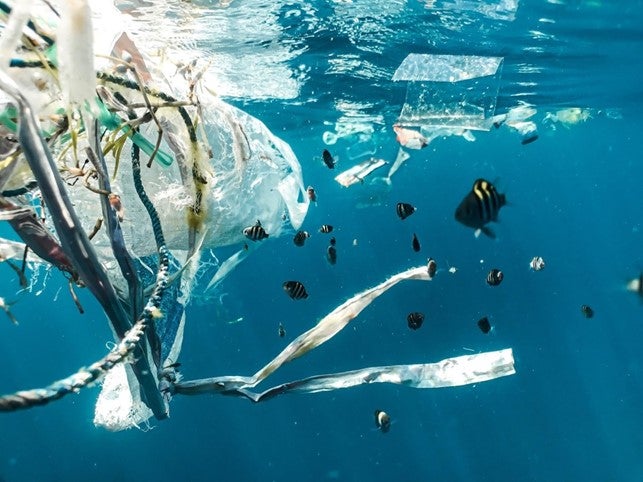
Thousands of tonnes of microplastics are emitted yearly in the German-Danisch border area. No one knows where it ends up or how dangerous it is for the environment or humans. The PlastTrack project at the University of Southern Denmark will investigate this and develop tools to combat plastic pollution in our region.
Microplastic poses a problem
A year ago, microplastics were found in human blood for the first time. As many as 80 per cent of 22 blood samples contained residues of one or more types of plastic. The researchers’ discovery, published in Environment International, shows that particles can float around in the blood and be stored in our organs.
Microplastics are a global as well as a local problem. Particles have been found on and at the bottom of the deepest oceans. In the Baltic Sea, microplastics have been found in 28 per cent of all fish sampled.
“There are major gaps in our knowledge about where the plastic in the oceans comes from, how it degrades and where it ultimately ends up”, says Professor Jacek Fiutowski from the University of Southern Denmark (SDU), who leads the consortium of six partners.
Experienced partners exchange their knowledge
During three years, the partners will investigate the degradation of types of plastic and propose standard procedures for sampling micro- and nano-plastics. A database for knowledge sharing and comparing laboratory data will be established. Each of the partners has unique capabilities that they contribute to the tasks. SDU NanoSYD has the facilities and knowledge to analyse micro- and nanoparticles, whereas the SDU DaMBIC has its focus on bioimaging and can thus contribute to spatially and chemically resolving MNPs. Another Danish partner is NEWTEC, an engineering company with expertise in optical sorting, fast imaging acquisition and imaging processing for industrial applications. On the German side, GEOMAR is one of the world’s leading institutions in marine research. They use their expertise in plastics and polymer-based materials about ageing, release and degradation and take the lead in sampling plastics from water matrices. The Alfred-Wegener Institute on the German side brings long-term know-how in the microplastic analysis of water samples. They have representatives in standardisation groups, which are essential to the project results and can contribute to new standards. The CLEAN Cluster in Denmark will use its network and contribute to the knowledge exchange.
Facts
The PlastTrack project has received approximately €1.74m in Interreg funding. The project started in April 2023 and will run for three years. The project will be presented to the public in Sønderborg on 9 May 2023. Interested parties can register here: https://event.sdu.dk/plasttrack-kick-off
The lead partner is the Mads Clausen Institute, University of Southern Denmark, in Sønderborg. Other partners are DAMBIC at SDU Odense, NEWTEC Engineering A/S, CLEAN – Environmental Cluster Denmark, Alfred Wegener Institute (AWI) and GEOMAR Helmholtz Centre for Ocean Research Kiel.
Microplastics
Microplastics are small pieces of plastic that are less than five millimetres in size. Most microplastics are so tiny that the naked eye cannot see them. Due to the movement of ocean currents, microplastics can be found anywhere in the world.
Microplastics come from different sources. When plastic somehow ends up in the sea or nature, it is gradually broken down by water and sunlight into smaller and smaller pieces. It does not dissolve but instead becomes several smaller parts. Ultimately, microplastics become nano plastics – and thus can permeate cell membranes, making the material potentially very dangerous.

